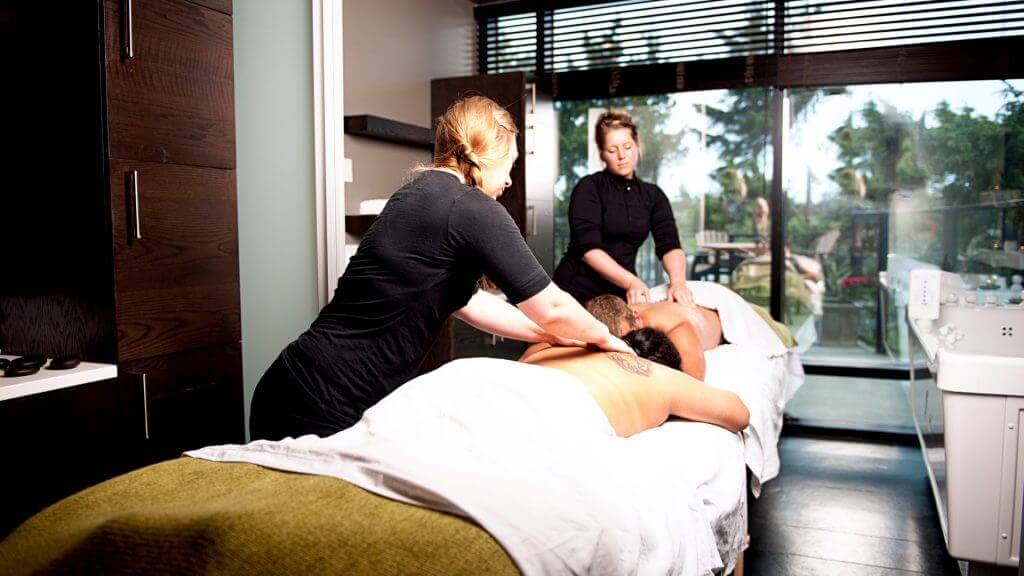
Every industry is signing onto the wellness trend, and hospitality is no exception.
NB: This is an article from Horwath HTL
Spas have traditionally been viewed as the sector’s “wellness” component, and much like gyms, they have become an indispensable amenity to luxury hotels. But as the notion of health and wellness is evolving, how can hotels stay relevant and capitalize on this growing trend?
A Circular and Systemic Approach to Wellness
Meditation, yoga, tai chi, kickboxing, or nature bathing—there is no single approach. While people have a plethora of wellness activities to choose from, the discipline carries two fundamental truths. Wellness is multidimensional and holistic. Positive habits in one wellness dimension will reinforce another. For example, people who practice mindfulness make better food choices, and people who stick to a program of exercise also show better health and work-related behaviors. Hence, the very notion of wellness is challenging us to think circularly. This approach to health differs from the traditional healthcare philosophy in the United States, which typically identifies a symptom and treats it with a cure.
In the world of hotels, how well operating and support departments work together typically defines the quality of a guest’s stay, and the industry has moved away from selling “rooms” to selling “experiences.” Yet, how hotels assess performance is still primarily based on the room rate (ADR) and room occupancy. Spas, much like restaurants, are often categorized as add-ons to the core hotel activity. As an auxiliary revenue center, spas are evaluated on their ability to demonstrate a departmental profit; a dollar invested must yield a dollar return. However, much like the multiplier effects of wellness initiatives on our being, hotel wellness activities will generate the highest returns when they permeate all aspects of the property.
Recalling the Spa Experience to Increase Guest Capture Rates
Spas are often tucked away in a quiet corner of the hotel. While the location of the facility is usually strategically chosen to deliver a retreat atmosphere, unless a guest is actively looking for the spa, they are unlikely to know it exists. Also, while spas are often situated near exercise rooms, they are frequently closed in the early morning or late evening when guests are working out. Resorts regularly use in-room flyers to promote spa services, but these do little to get the guest excited about splurging on a wrap or a massage. The spa experience is one that ignites the senses, and actions that can recall the spa bliss will serve better to increase guest capture rates. Initiatives may include placing an aromatherapy candle in the guestroom or offering elixirs and healing teas at the bar.
For instance, Live Aqua, a luxury brand of Grupo Posadas, one of Mexico’s largest hotel operators, defines itself as an “urban resort” that integrates the senses throughout the guest journey. At the Live Aqua Monterrey, a spa therapist offers a mini hand massage and a selection of essential oils for in-room aromatherapy at check-in, all while proposing to schedule a treatment.
Hotel Wellness: The New Third Space
In some markets, wellness facilities and programming can attract substantial local visitation that may be converted to recurring revenue through a membership structure. The Standard Spa in Miami Beach, which defines itself as “less of a ‘hotel,’ and more a spa with guestrooms,” entertains more than 500 members and is a popular meeting spot for the local community.
Properties that successfully manage membership clubs typically offer facilities where guests or members can hang out without having to systematically purchase high-ticket items, such as massages, wraps, or facials.
Activity programming is particularly important as it helps the guest define the package value (whether they engage in the activities or not) and promote a sense of community. Also, in many cases, members often act as promoters of local events, such as birthday celebrations or wedding parties, which drives additional revenue to the resort.
All-Inclusive Wellness
Destination spas are resorts that cater to guests who are looking for more than a yoga class and a massage. Destination spas offer all-inclusive or partly inclusive stays and bundle wellness activities that are often unlikely to stand alone as an operating department. While bundling services into a single comprehensive package is not new, its popularity in the resort world is rising in the form of “all-inclusive vacations,” as the last recession has heightened consumers’ search for value.
From a property’s perspective, bundling allows for selling more services and control costs by pre-selling wellness activities. However, in wellness resorts, offering a packaged product is also essential to customer satisfaction. For guests to achieve transformational wellness results in short periods, participants must be guided through programs that build on the fundamental dimensions of wellness (e.g., physical, spiritual, intellectual, environmental). Not surprisingly, destination spas tend to track per person occupancies and package rates rather than room revenue, which is reflective of how the product is constructed for the intended guest experience.
While the points detailed above are meant to assist hoteliers in defining their wellness revenue strategies, the most effective approaches are always product and market-specific. There is no one size fits all.




